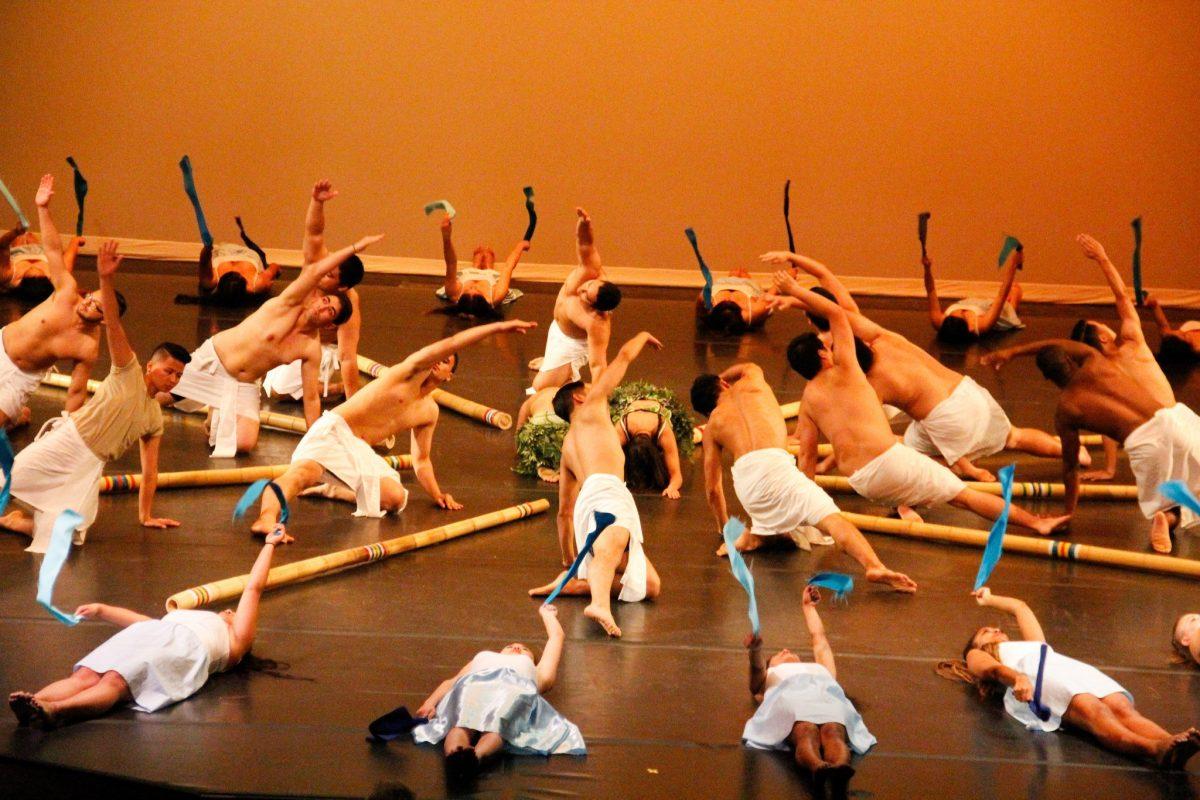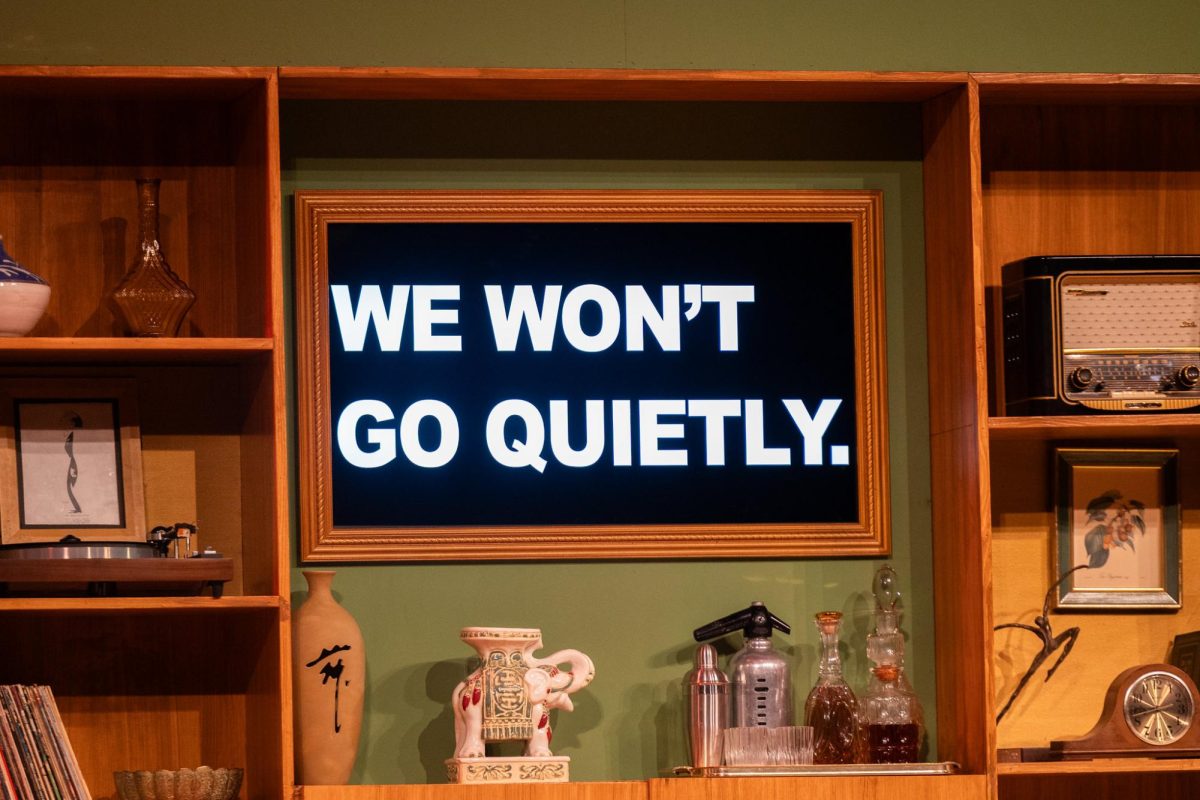It’s the time of year where the university’s largest multicultural organization, Filipino-American Association of Sonoma State University, puts on its sixth annual Pacific Culture Night.
Exclusively run by the association with the help from many friends, families and volunteers, Pacific Culture Night features various cultural dances that are performed and choreographed by members of the organization and community.
This year, Pacific Culture Night took the audience on a journey from island to island to experience the Filipino culture in addition to other cultures from countries such as New Zealand, Tahiti and the United States.
Amber Vang, women and gender studies major, was especially excited for the event.
“This is my fourth time going to PCN,” said Vang. “The performances are my favorite; my nephew is in a lot of them. But my favorites are Haka and Tahitian dances.”
The two-night event began with America’s National Anthem, sung by Jessica Amen and Roy Kitaoka, followed by the Philippine National Anthem sung by KAPWA.
The hosts of the evening, FAASSU President Paolo Ochoa and FAASSU Vice President Sebastian Cardona, welcomed the audience with some friendly, light-hearted chatter to start the night with an inclusive and comfortable aura.
The performances began with a traditional Philippine dance, Malakas at Maganda, which translates in English to “the strong and the beautiful.”
The interpreted dance featured the first man, Malakas, and the first woman, Maganda, and the people of the island.
After a few other traditional Philippine dances, a Hawaiian dance well-known as the Hula, featured a Disney rendition of “Lilo and Stitch” with dancers dressed as Lilo, and KAPWA coordinator and FAASSU executive board member Kyle Her dressed as Stitch.
“Did you guys see Stitch?” said Ochoa in-between performances. “And a whole bunch of Lilo’s?”
One of the most recognizable dances originated from New Zealand, Haka, is known as an ancestral war cry from the Maori people.
It’s most characterized from its vigorous and fierce movements, revealing the man’s strength, pride and unity with one another.
“It’s kinda scary with their big, oily bodies,” said Ochoa in-between introducing performances.
With their empowerment, Haka includes animated and exotic facial expressions, hissing and spitting, making it one of the most memorable and perhaps scary, dances.
Between performances, Ochoa and Cardona shared Filipino trivia with the audience, offering FAASSU T-shirts to engage the audience if they got any of the trivia correct.
The hosts would also invite some of the dancers of particular dances such as Haka and Tahitian to come on stage and teach volunteers the essential moves for their perspective dance.
Toward the latter part of the night, hosts and audience arrived to the “American Islands” for modern dance, featuring a vocal performance cover of Sam Smith’s “Lay Me Down” by Samantha Basas and dance performances by The New Knights trio, Sonoma State’s step team and the campus’ hip-hop dance crew, Blue Baronz.
“Everyone is super nervous before going on stage,” said communications major Philip Gilbert, “but it always turns out way better than we thought.”
Gilbert is a member of the association as well as Blue Baronz, and was featured in dances including traditional Philippine dances Malakas at Maganda and Sakuting.
The evening commenced with a few Philippine dances, including a new one for this year’s Pacific Culture Night not featured in the past called Jota Caviteña, a Spanish inspired dance from the northern part of Spain.
“I felt very proud and excited for everything we accomplished,” said environmental studies major Laurel Smith. “Everyone put in so much work into the dances that we practiced for since the beginning of the semester. My favorite part was at the end when everyone was on stage and we came together as a family and chanted our FAASSU cheer.”
Smith is a member of the association and was featured in Philippine dances Malakas at Maganda and Pag-apir.
Pacific Culture Night gave students at Sonoma State an opportunity to showcase their culture to the community and bring the campus and its students closer as a family, while spreading diversity with the Filipino and other Pacific Island cultures.



































